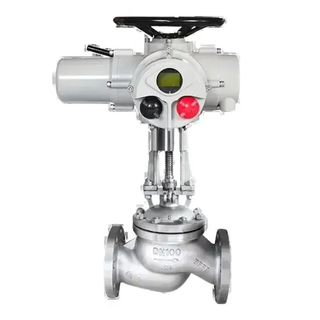Understanding 3-Way Stainless Steel Electric Ball Valves
Introduction In industrial and commercial applications, controlling the flow of media such as liquids or gases is crucial for efficient system operations. One of the most effective solutions for achieving precise flow control is through the use of 3-way stainless steel electric ball valves. These valves play a pivotal role in regulating the movement of media through pipes, and they are highly regarded for their durability, versatility, and ability to automate control processes. This article provides...












